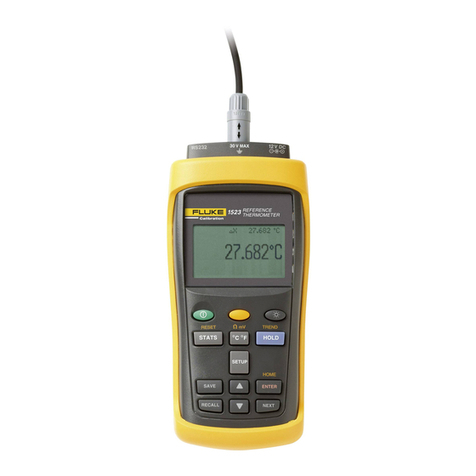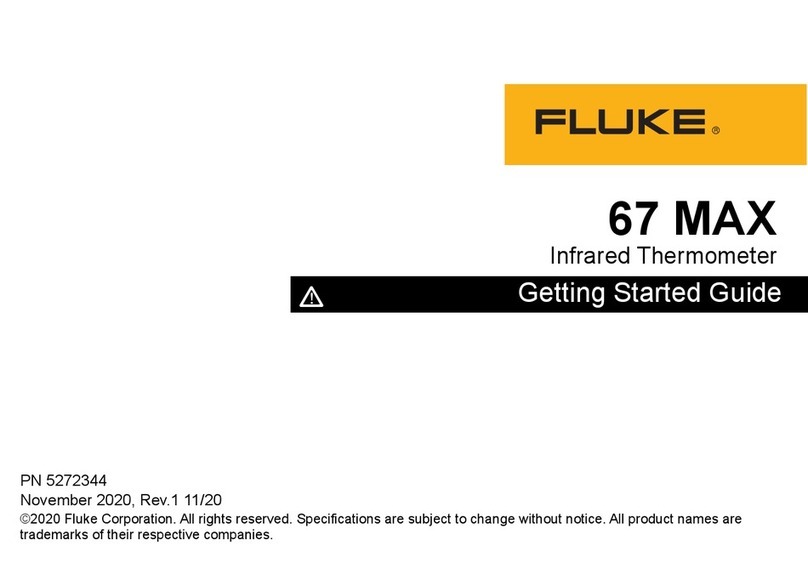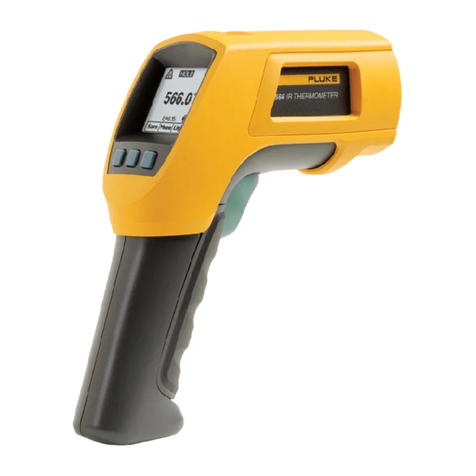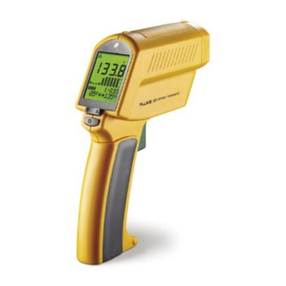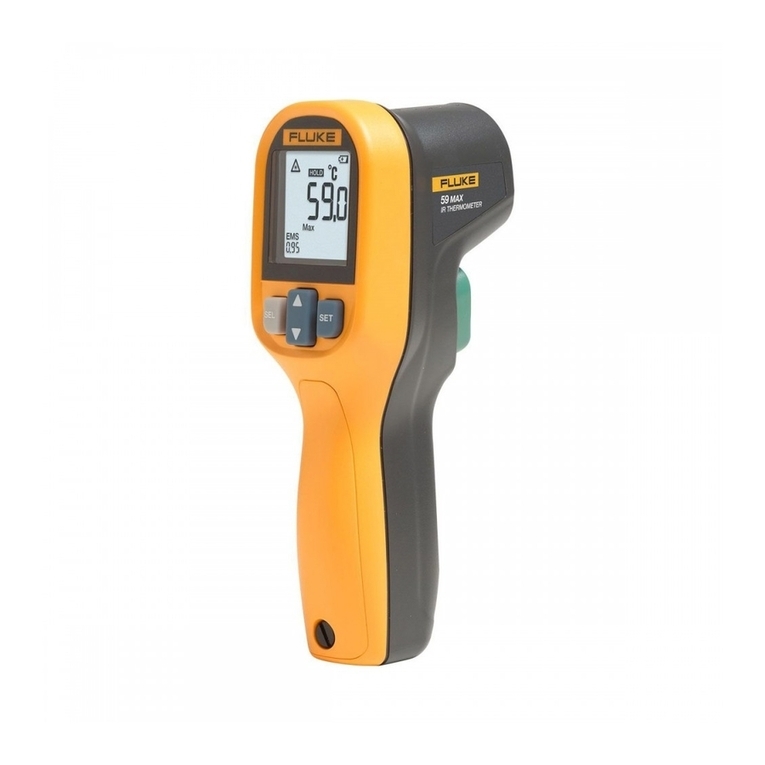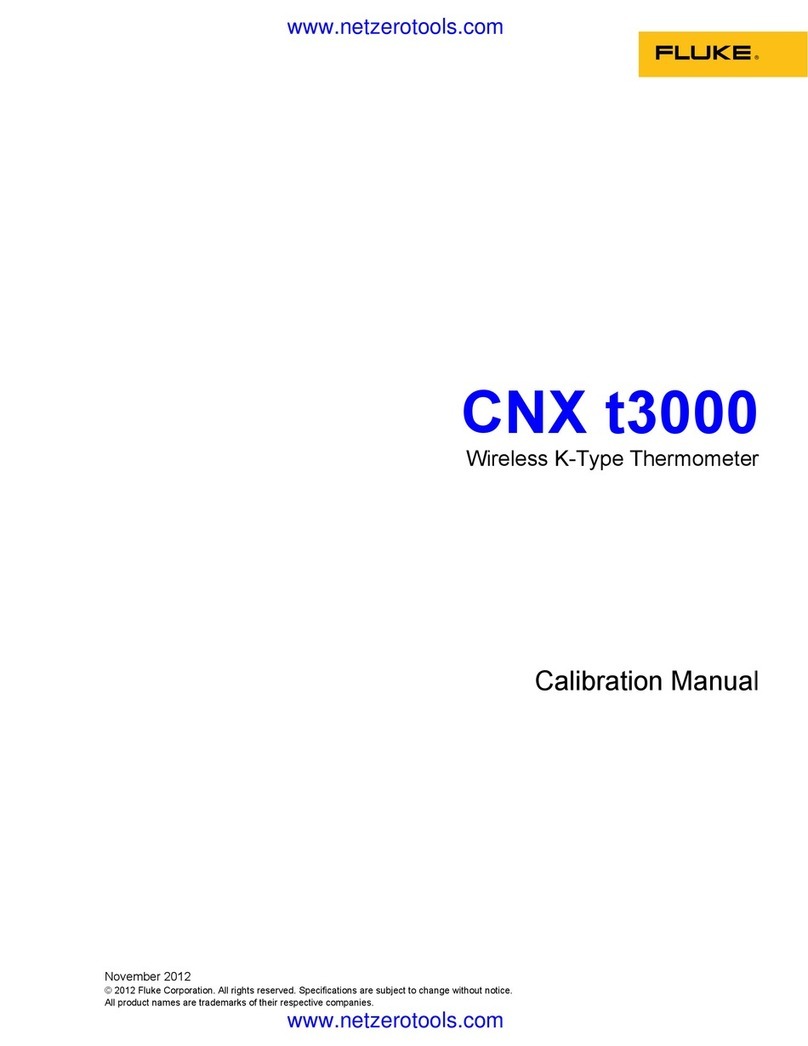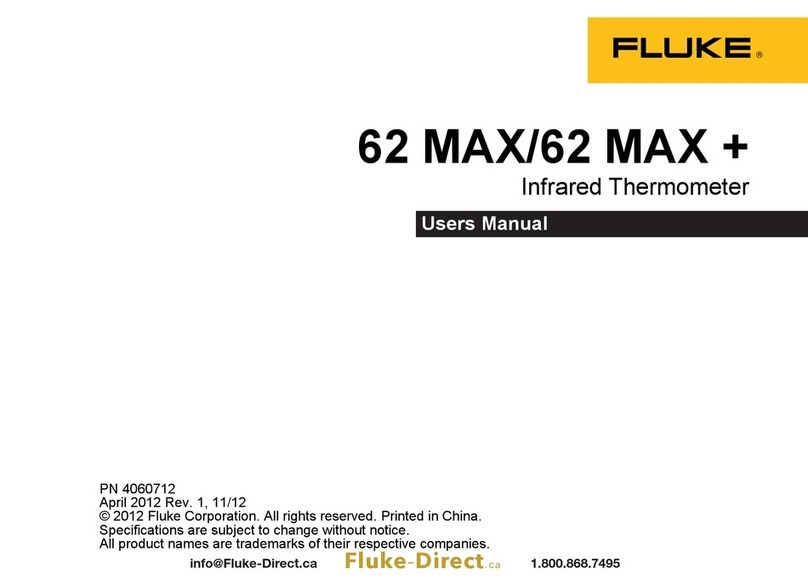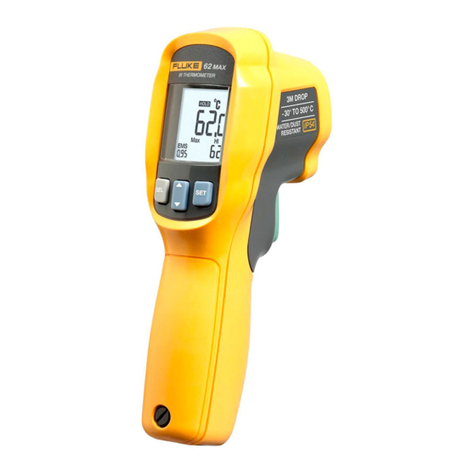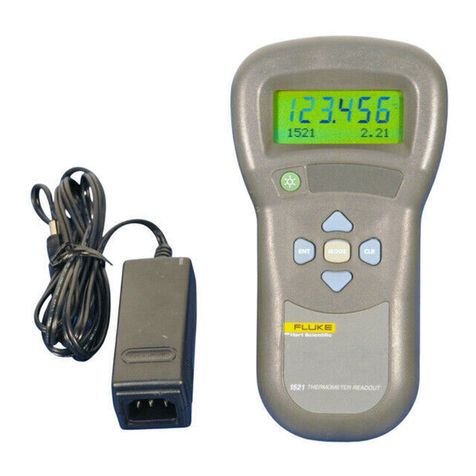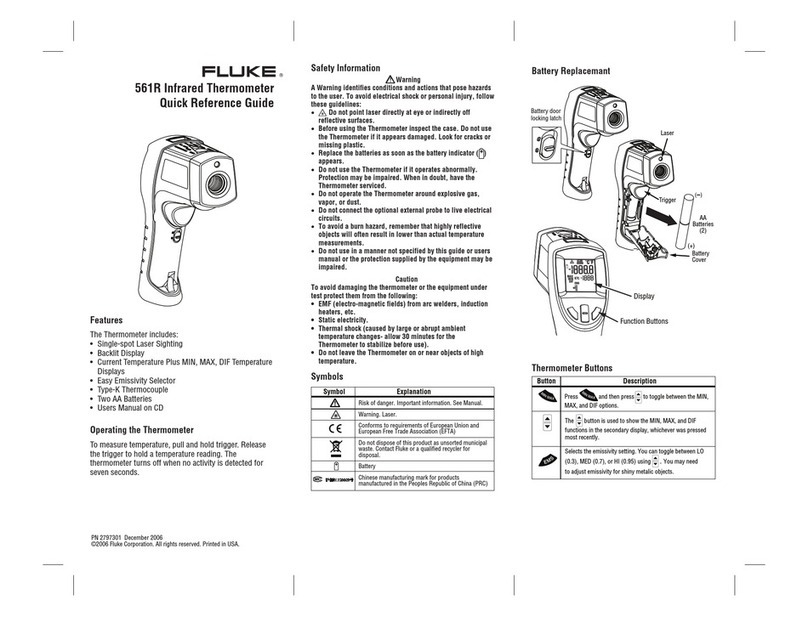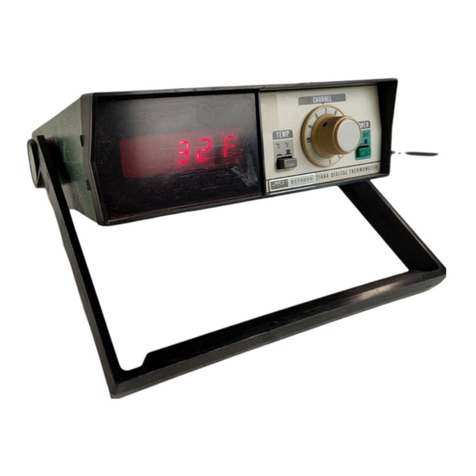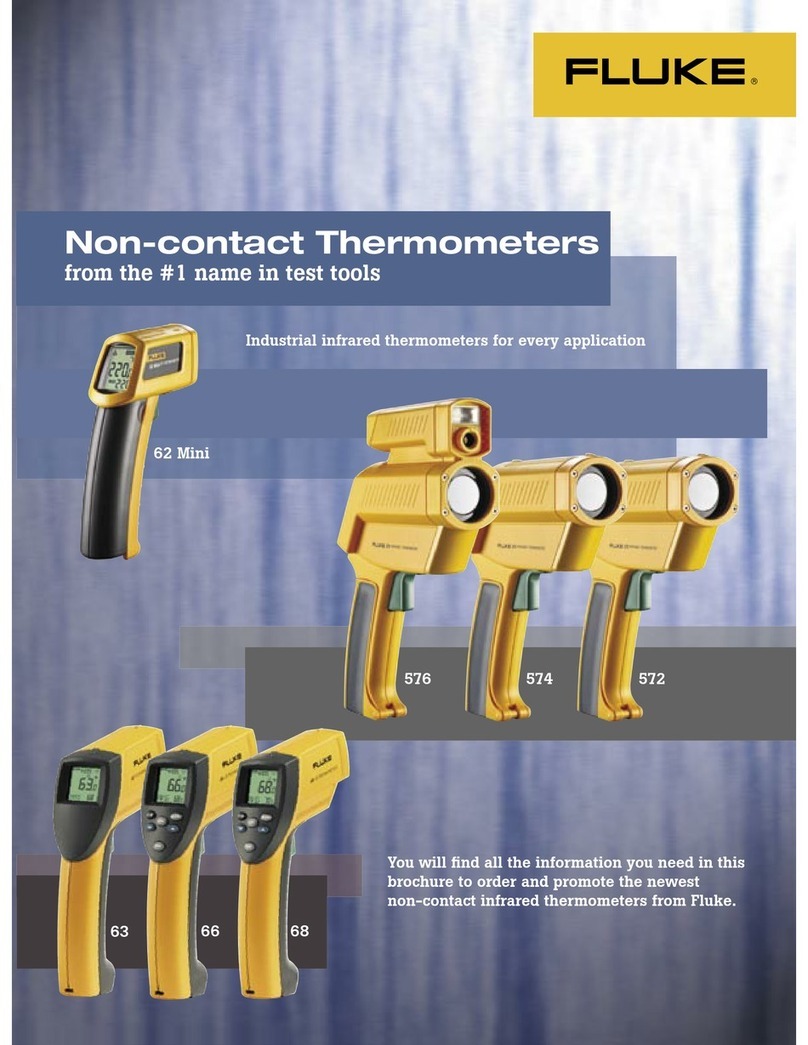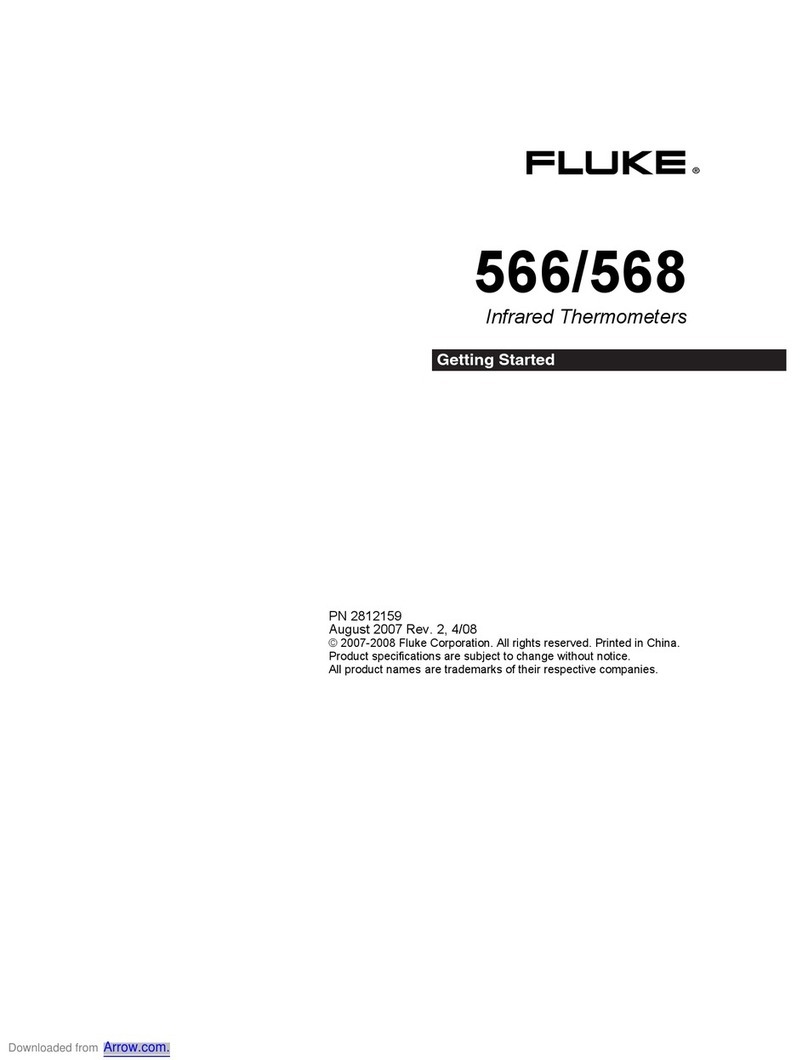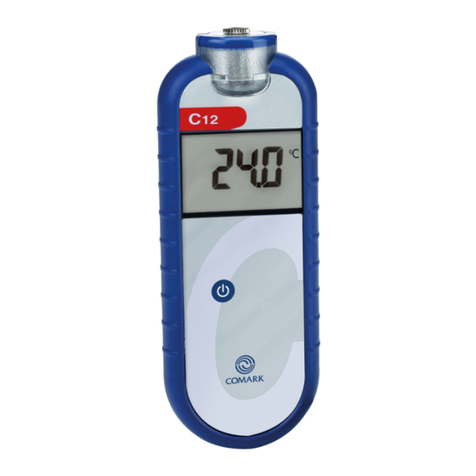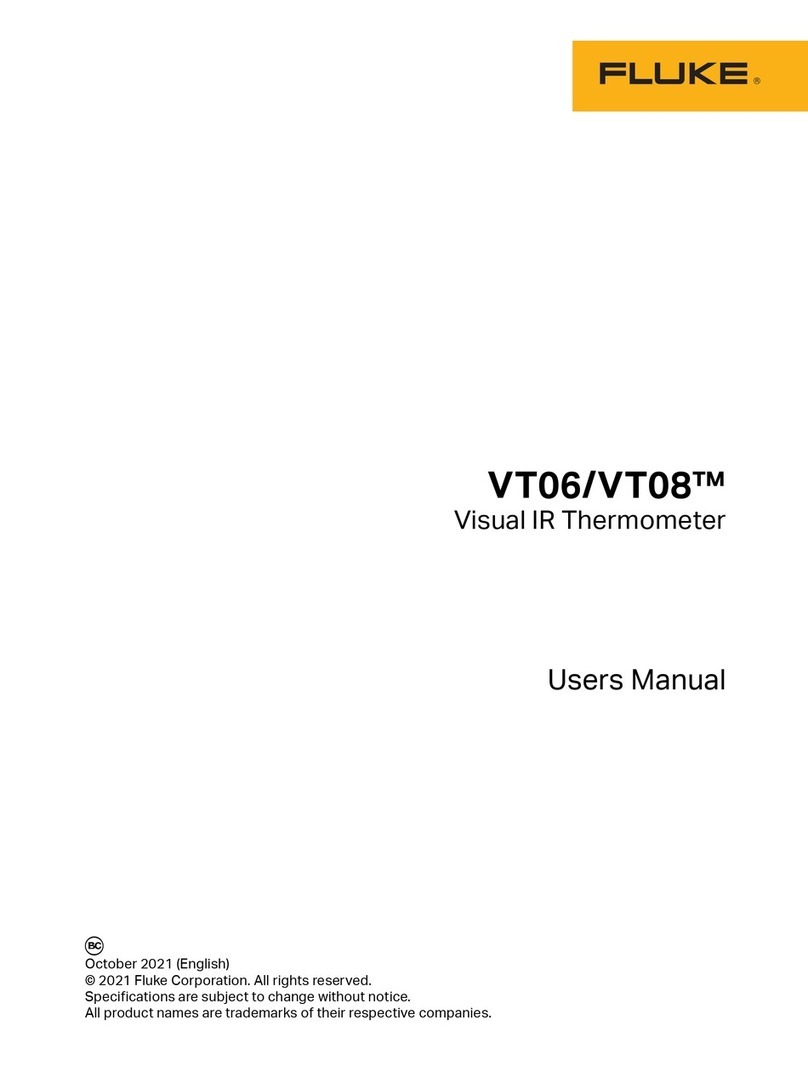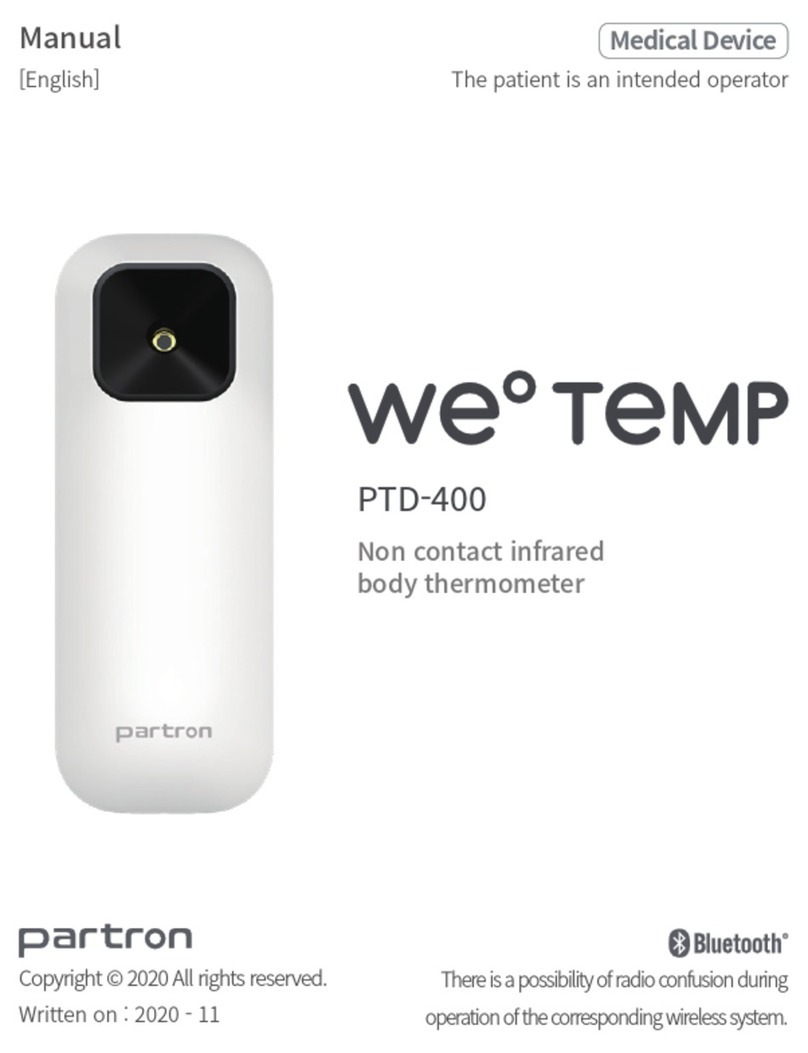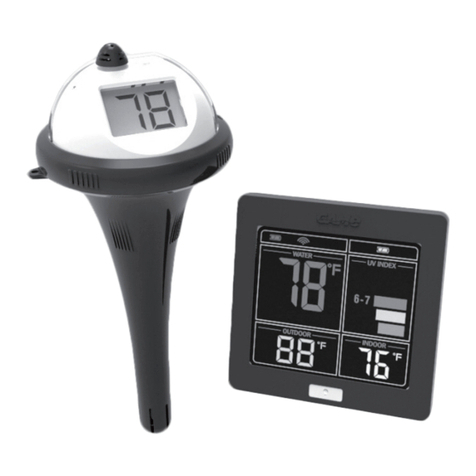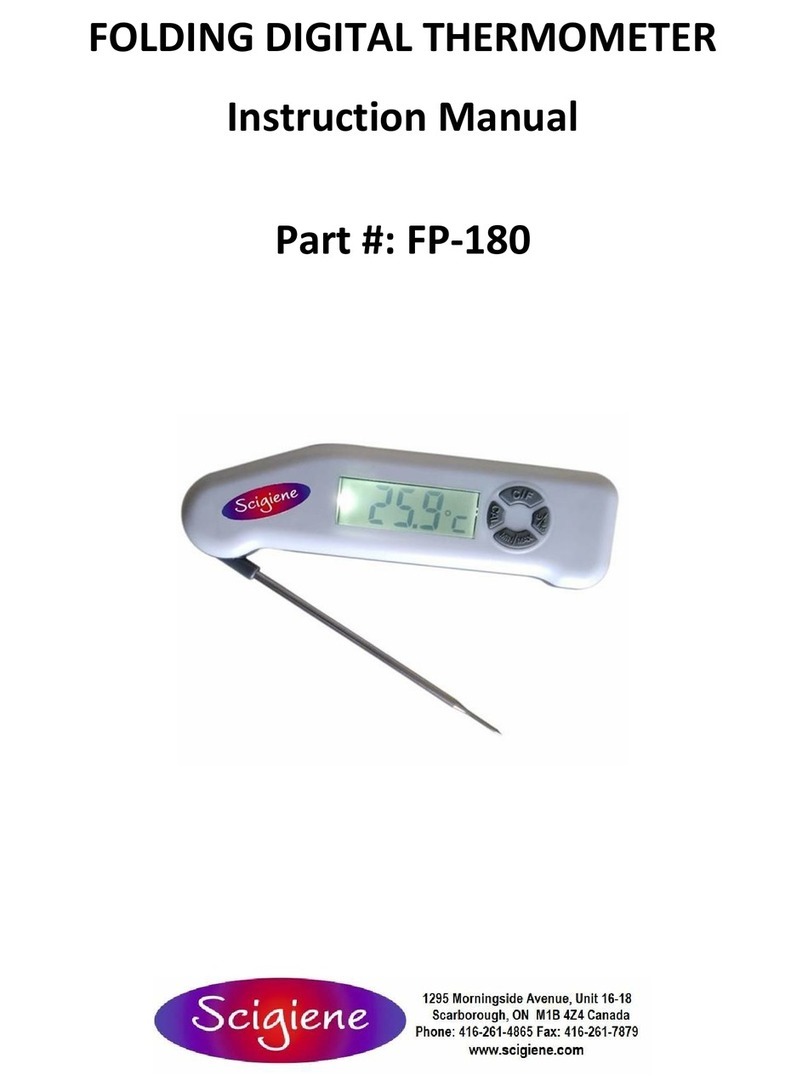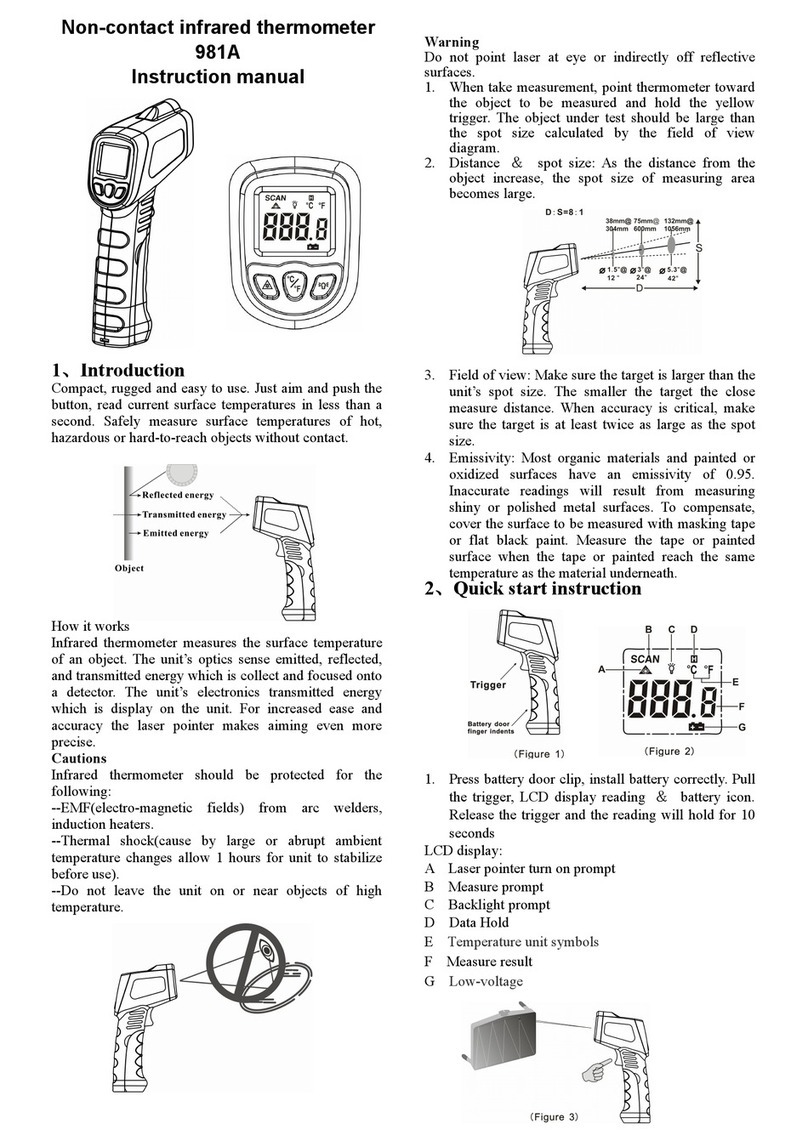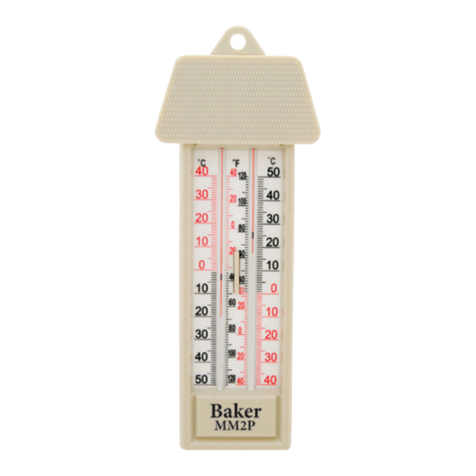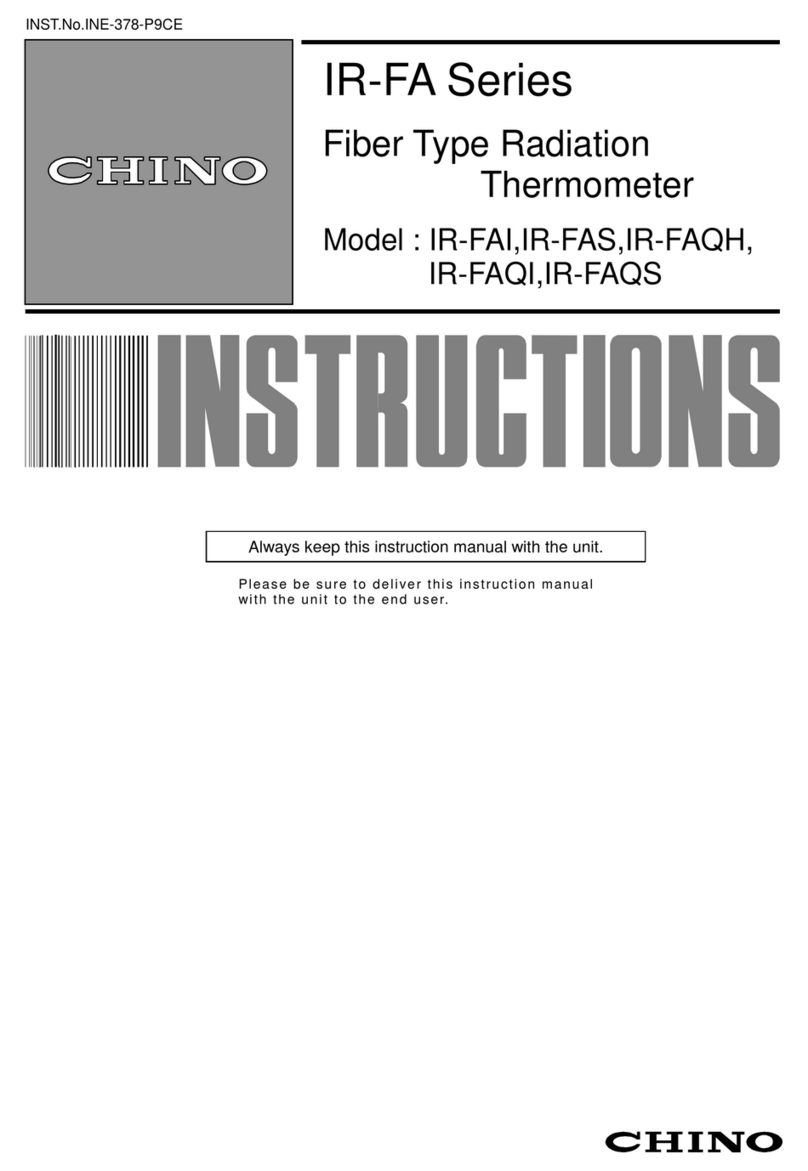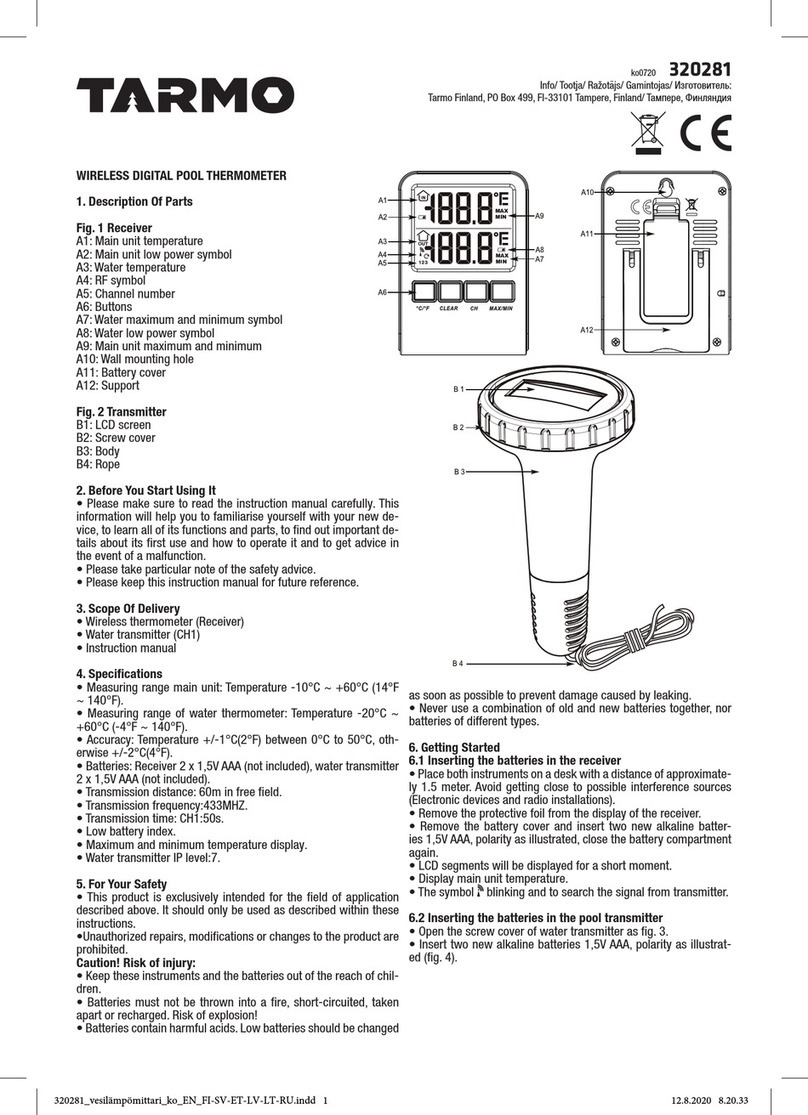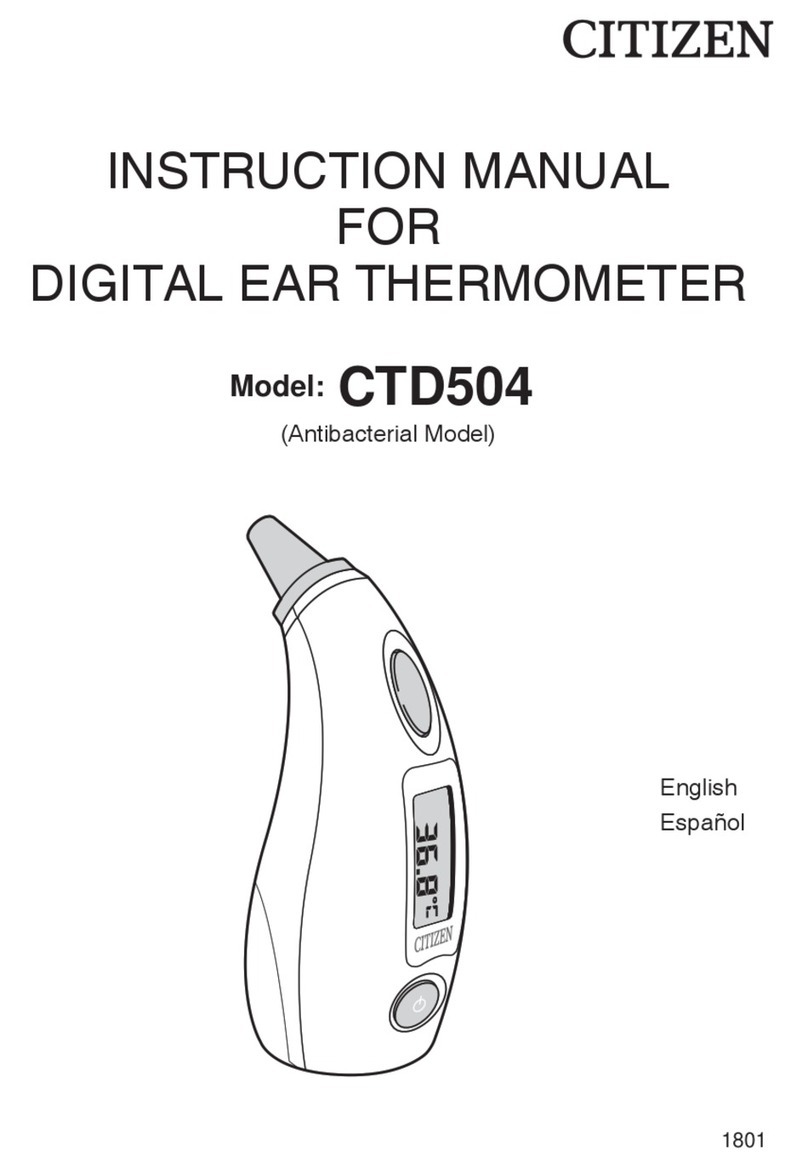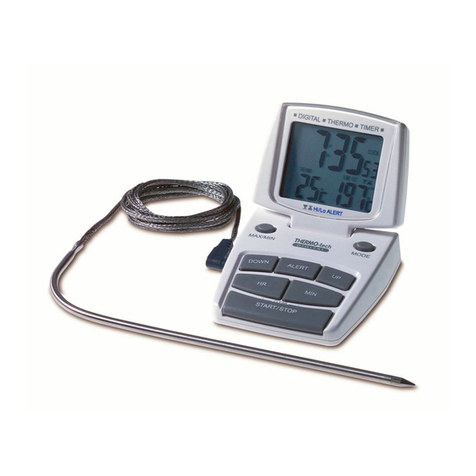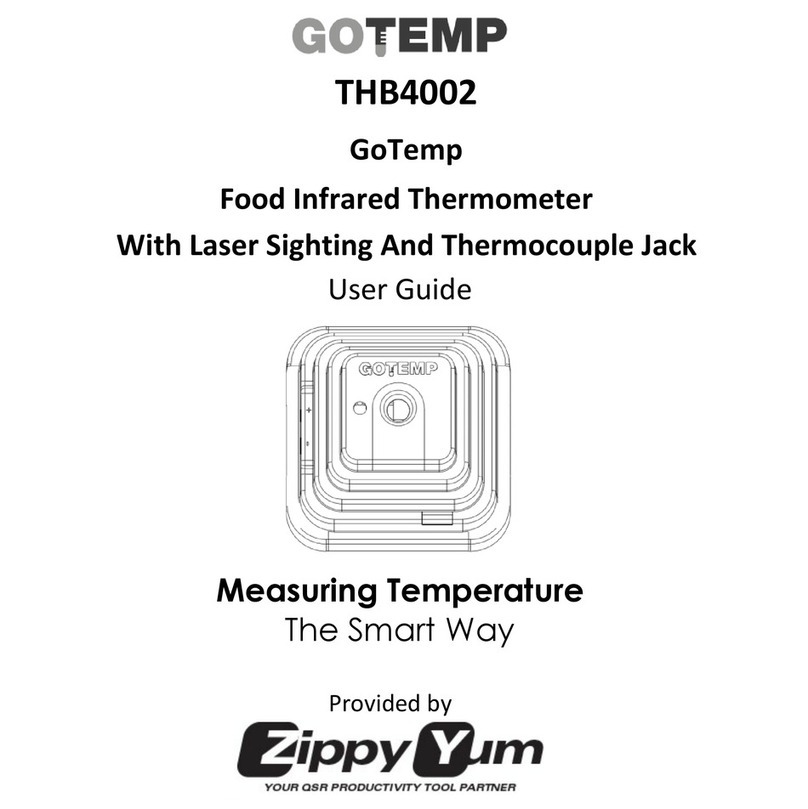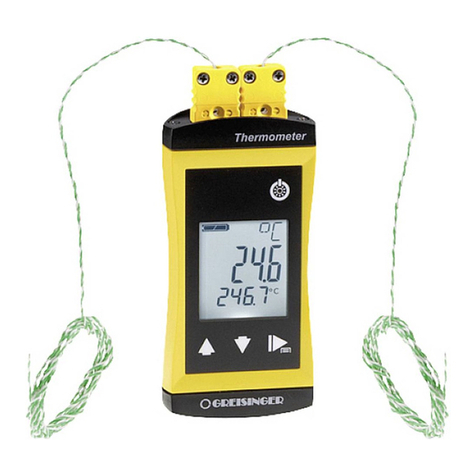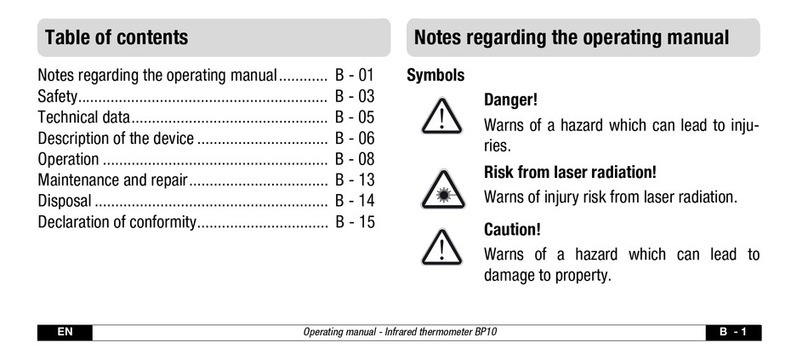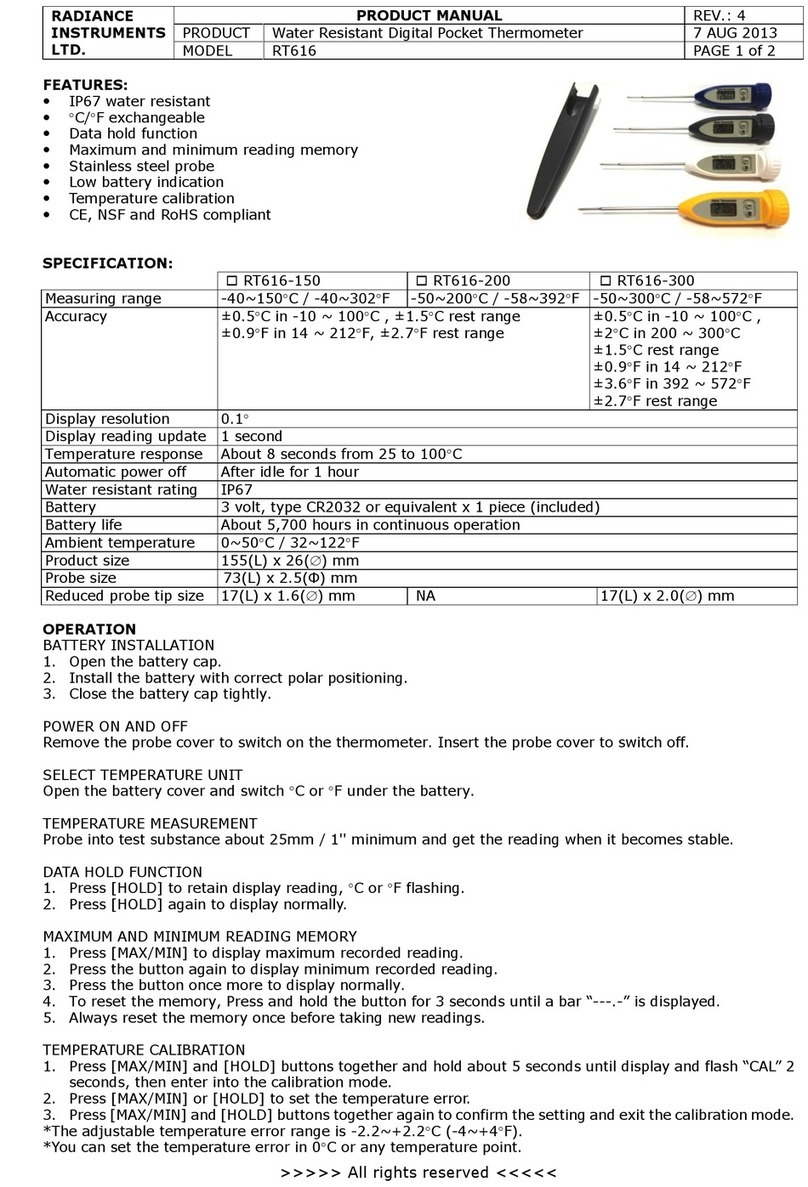6
English
LIMITED WARRANTY AND LIMITATION OF LIABILITY
This Fluke product will be free from defects in material and workmanship for one year
from the date of purchase. This warranty does not cover fuses,
disposable batteries, or damage from accident, neglect, misuse, alteration, contamina-
tion, or abnormal conditions of operation or handling. Resellers are not authorized to
extend any other warranty on Fluke’s behalf. To obtain service during the warranty
period, contact your nearest Fluke authorized service center to obtain return autho-
rization information, then send the product to that Service Center with a description of
the problem.
THIS WARRANTY ISYOUR ONLY REMEDY. NO OTHER WARRANTIES, SUCH AS
FITNESS FOR A PARTICULAR PURPOSE, ARE EXPRESSED OR IMPLIED. FLUKE
ISNOT LIABLE FOR ANYSPECIAL,INDIRECT, INCIDENTALORCONSEQUENTIAL
DAMAGES OR LOSSES, ARISING FROM ANY CAUSE OR THEORY. Since some
states or countries do not allow the exclusion or limitation of an implied warranty or of
incidental or consequential damages, this limitation of liability may not apply to you.
Fluke Corporation Fluke Europe B.V.
P.O. Box 9090 P.O. Box 1186
Everett,WA 98206-9090 5602 BD Eindhoven
U.S.A. The Netherlands
11/99
Register your product at: http://www.fluke-warranty.com
CE Certification
This instrument conforms to the following standards:
• EN 61326-1 Electromagnetic Emissions and Susceptibility
• EN 61010-1 General Safety
• EN 60825-1 Laser Safety
Between approximately 250Mhz and 800 Mhz at 3V/m, the instrument may not
meet its stated accuracy.
